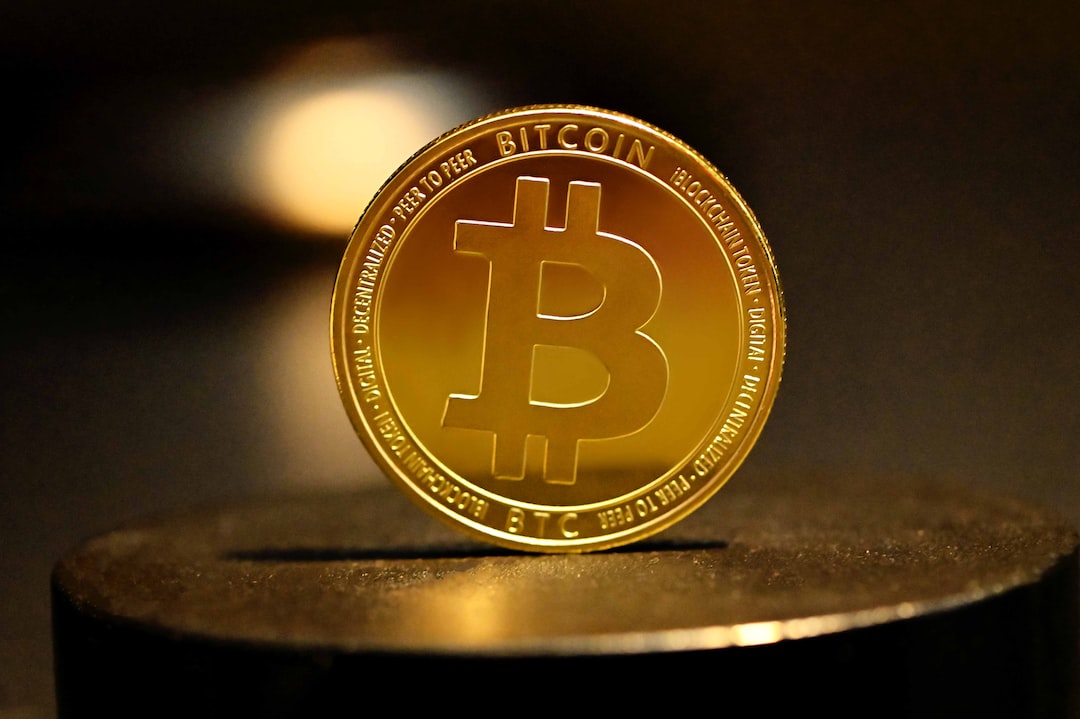Head of Digital Currency Research Institute at PBOC Emphasizes Importance of Digital Yuan in Retail Payments
Changchun Mu, the head of the Digital Currency Research Institute at the People’s Bank of China (PBOC), has highlighted the need to make the digital yuan available for all retail payment scenarios. During a trade forum in Beijing, Mu emphasized the importance of compliance and financial licenses for wallet providers and payment app operators. He proposed a short-term strategy to unify QR code standards, enabling barcode interoperability. The PBOC is also planning to promote digital yuan adoption in the upcoming Asian Games.
Key Points:
- Mu proposes using the digital yuan as the payment tool for all retail scenarios.
- PBOC aims to unify QR code standards to enable barcode interoperability.
- China plans to push digital yuan adoption in the Asian Games.
- The PBOC is conducting trials and introduced a pilot app for the digital yuan.
- Mu suggests integrating the digital yuan with existing payment tools and commercial bank deposits.
Long-Term Plan for Digital Yuan Upgrade Outlined by PBOC Official
The head of the Digital Currency Research Institute at the People’s Bank of China (PBOC) has revealed a long-term plan to upgrade digital yuan payment tools. The PBOC previously committed to promoting universal QR payment codes, allowing consumers to make payments by scanning a unified barcode. Dominant players like WeChat Pay and Alipay already widely use QR code payment systems in China. Trials for the digital yuan have expanded to multiple cities, but its adoption remains limited. The official suggests integrating the digital yuan with existing payment tools and leveraging smart contracts for enhanced wholesale payment efficiency.
Impact of Digital Yuan Adoption in China’s Payment Landscape
As the People’s Bank of China continues its efforts to promote the adoption of the digital yuan, it remains to be seen how these strategies will affect retail and wholesale payments in China. The integration of the digital yuan with existing payment tools and the potential use of smart contracts could enhance payment efficiency. However, the existing interbank payment and settlement systems are still functioning efficiently, suggesting that immediate replacement with the CBDC system may not be necessary.
Hot Take
The head of the Digital Currency Research Institute at the People’s Bank of China emphasizes the importance of making the digital yuan available for all retail payment scenarios. The proposed short-term strategy of unifying QR code standards and the long-term plan to upgrade digital yuan payment tools show the PBOC’s commitment to digital currency adoption. However, the integration of the digital yuan with existing payment tools and the limited adoption of the e-CNY in pilot regions present challenges. It will be interesting to see how these efforts impact the broader payment landscape in China.





 By
By
 By
By

 By
By
